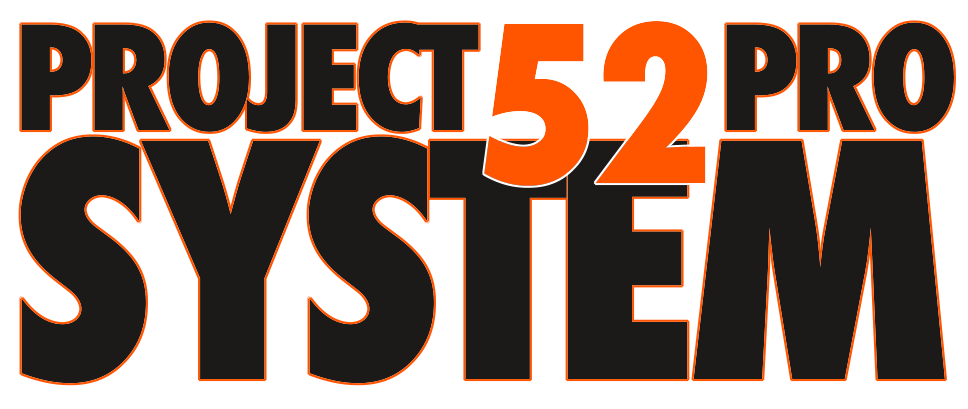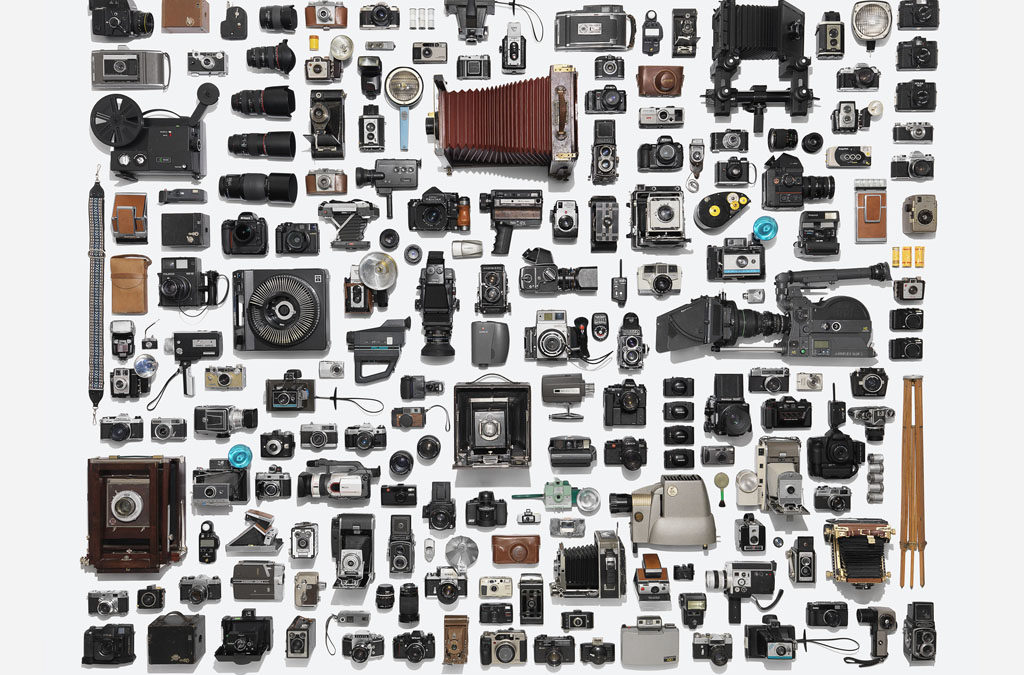Photographers and camera gear are inseparable. The cameras, lenses, lights and stands we use are the tools of our profession. And we need to be able to trust them to deliver our vision the way we want it to be seen.
s commercial photographers, our gear must be of a certain quality and a certain ability. We may need specialty lenses like tilt-shifts, or very long telephotos. Depending on how we do our work, special lights or modifiers may be part and parcel of our style. This is fine, of course, but there is a danger in thinking that the gear makes the biggest difference.
It does not.
You create the photograph, and the gear falls in line to your work and vision. I know a food shooter with only two lenses. A 35mm and a 50mm. She needs no longer or wider to do her work. I know an industrial shooter who has enough lenses and cameras to fill a small trailer. And he uses every bit of it on his various assignments.
Personally, I am a bit in the middle, but my lens selection is what it needs to be for what I tend to shoot. (I do have a lot of stands… more on that later – heh.)
However there are a few basic places to start thinking professionally.
DX vs FX: This is a bit of a challenge for some photographers and some clients. Shooting for a big ad agency may require an FX or MF setup. Shooting for an industrial or direct to client may be fine for DX. For editorial, it may only depend on the client’s wishes.
The advantages of FX is more croppability… if that is a word. Bigger sensor gives a bit more leeway for cropping in. Although there are some mighty powerful DX cameras out there. For this class it matters not, but it is something for you to think about moving forward.
The advancement of mirrorless will be making strong inroads into our thinking of gear. The new Sony’s and Fuji’s and Lumix’s are every bit capable of shooting most ad and editorial work. I expect to see more pros going that route sooner than later.
Medium format is coming down in price and is now within reach of most of us. MF may be requested for larger ad shoots. Rent if you need one. Makes more sense than taking a loan for something you may not need 90% of the time.
LENSES
My personal taste runs from about 24mm to 200mm on FX bodies. I am not an extreme lens shooter (20mm wides or 400mm teles), but that has to do more with my style than the gear itself. Most of the time you will find a 28mm or a 35mm lens on my Nikon Df, and the 24-105mm zoom on my Canon 6D.
What you use is up to you, and your style. Don’t fret if after you shoot for a few years you find one or two of your lenses getting little to no use… it happens. I could be very happy with a fixed lens 35mm range on a DX.
Do you need the ultra fast, superduper high cost lenses? Probably not. We are commercial photographers, and we control most of what we are shooting so the need for the ultra fast lenses to adapt quickly to changing light may not be as high on our list. (Or it may be if you are interested in travel or portraiture…. so much depends on your needs.)
Bottom line; you can do very well with a DX and kit lens in this class. Look forward to the days when you will be shooting and plan accordingly. You may need to upgrade some of your gear for entry into the bigger leagues. However, it will probably not make much difference at all in the building your portfolio and entry level period.
LIGHTING
On the first page I link to a PDF on building a scrim. If you do not have a couple of softboxes, you must build a scrim or two. Big, soft light is important to what we are doing here. A scrim is the best – and cheapest – light I can think of using. In fact, I prefer scrims to softboxes for most still life and product work. Your tastes may vary, of course.
Consider making a 4x4ft scrim and a 2x2ft scrim with some sort of way to hold them in place. The PDF has a lot of good ideas.
Speedlights are fine. The only problem is no modeling light to let you see what the light is doing before you shoot. This adds time to your shooting with lots of ‘test’ shots in order to get the light in the right place.
I would have you consider one or two of these inexpensive units for your shooting for this class.
I highly suggest a boom… no actually I want you to have a boom by at least second quarter. Please. You will need a way to get your scrims or softboxes above your subject matter. Do not scrimp on a boom. You don’t need the top of the line, but you need a good one. Once you use a boom, you will never go back to stands.
STANDS
I am often asked how many stands a photographer needs. My answer remains the same…. on more than you have on any given shoot. I would suggest four additional stands to be used for hanging fill cards, attaching fishing line, holding up scrims and cookies and so much more. You can go with bargain ones on these… not gonna be holding much weight.
LIGHT METER
I believe in them. A lot. Even if after a few years you are not using them, the LEARNING process is so much faster and efficient when you have a good light/flash meter. EBay is your friend. Look for an old Minolta IV or Gossen Luna Pro. Under a hundred bucks and amazing. If you simply are not interested, that is fine. You should have a gray card for exposure control, and a good notepad for keeping track.
As you can see above, I am not a gear snob. Nor am I a gear head. I have lots of gear, but all that I have performs a duty on the shoots. I don’t really have a lot of extraneous or unused equipment sitting around.
TRIPOD
Yes. Have one.
So that is my little discussion on gear. If you have a camera, a wide angle, normal, telephoto lens and a light or two we can get started. I hung out my shingle the day I bought my Nikon F2 and a set of flashes. Two lenses and a box of lights and I was out the door shooting gigs.
Most of the time your client wont care what you use if the images are wonderful. And that is the goal of this class.
Comments / Questions below.





A little off-topic but… What an impressive cover picture! Is that your personal collection, Don? I see some real little gems in there!
Good discussion, I have collecting lights soft boxed etc for the last several years. Bowens mostly. I buy everything used on either eBay or amazon for almost half of retail. Use paypal so you are protected although I have had very few problems. Looking forward to the class and working with you,
Thanks
Nancy Elliott
I too use EBay for gear.
No. Heh…
I have tried the light meter several times, but I just can’t get on with it, it doesn’t mesh with my brain patterns and my way of working. When I cook, I glance at the recipe, but am more likely to work intuitively, without accurate measurements, tasting as I go along, measuring nuances with my own senses. And so it is with light. I don’t like to light by formula, I light by look and feel. I am a visual person and I need to see the effect to understand if it is giving me the look I envisage.
Don, what do you suggest for continuous lighting? I consider to purchase a kit (I already have Elinchrom flashs heads and some good modifiers)to make portraits, as I love shallow depth of field and movement, so I would like to buy those lamps for this particular purpose…I see the Westcott TD6 and also some kit with 5 bulbs on ebay, very affordable compare to the westcott TD6 kit
Those are fine, France.
They are both affordable and a good buy.
Let me know if you have any more questions.